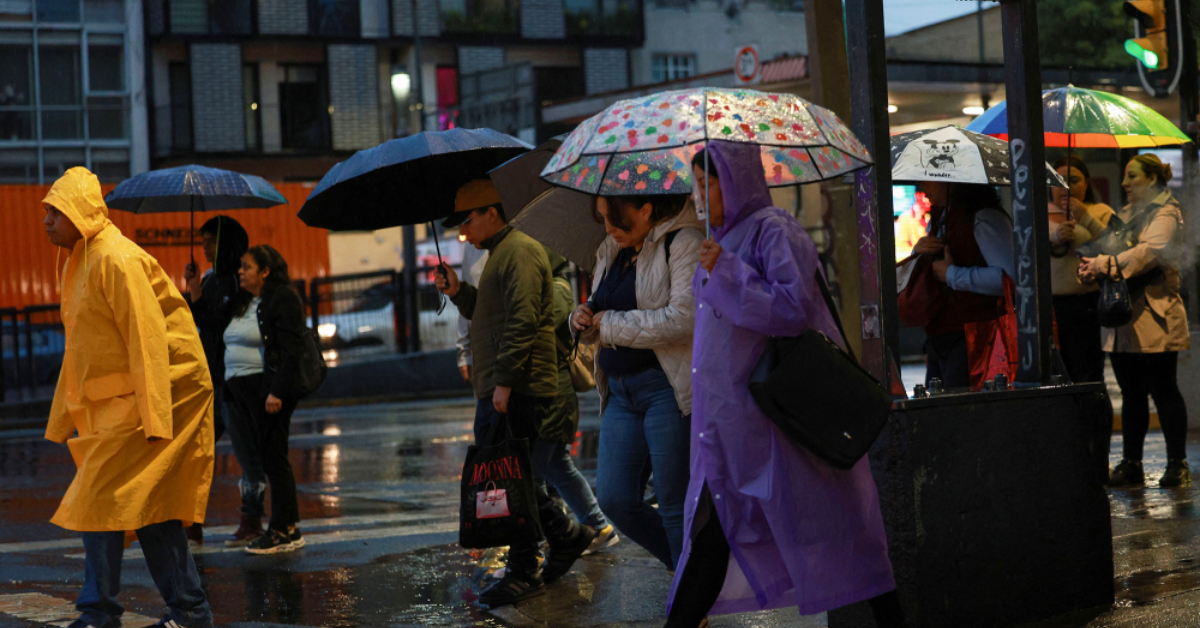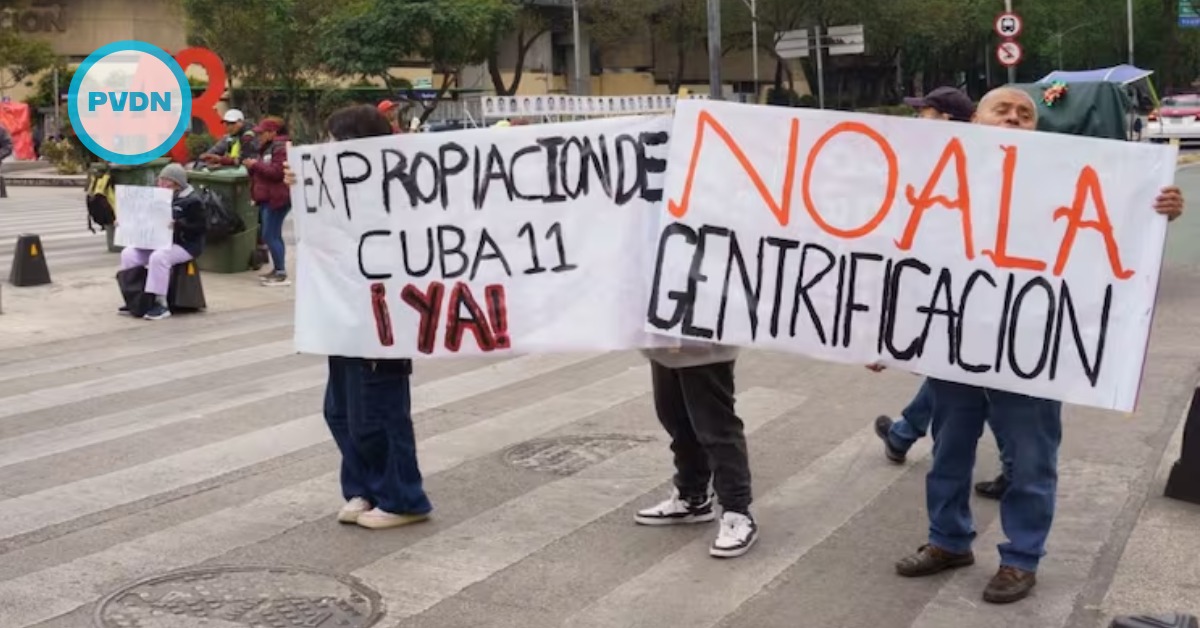Mexico City saw record-breaking rains in June, with 116 homes damaged and Metro Line 8 flooded. Officials call for urgent drainage upgrades and announce a new waste management program.
Heavy rains in Mexico City have left at least 116 homes with minor damage across neighborhoods in Álvaro Obregón, Iztacalco, and Venustiano Carranza, according to Mayor Clara Brugada Molina. The storm-related damages follow an extraordinary month of rainfall not seen in the capital since 1968.
The city recorded a staggering 33.7 million cubic meters of accumulated rainfall in . . .






